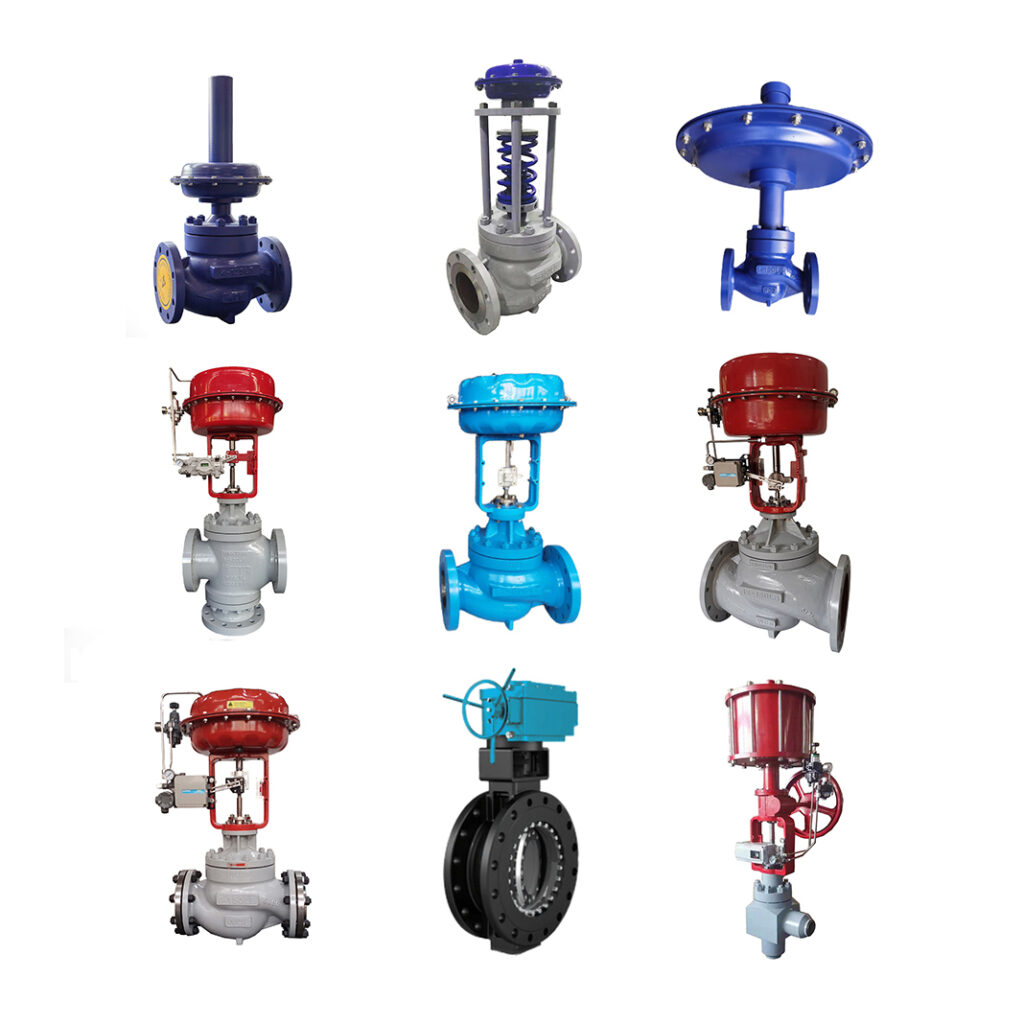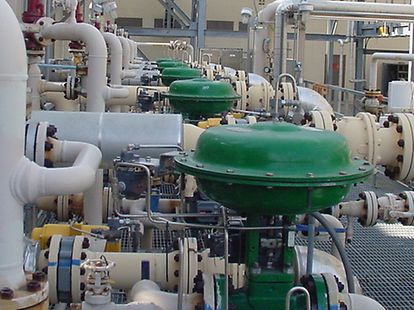Ingenious Control Valves: Enhancing Precision and Reliability
Ingenious Control Valves: Enhancing Precision and Reliability
Blog Article
Achieve Seamless Assimilation and Control With Top Quality Building Automation Controls
In the realm of modern building management, the importance of top quality building automation controls can not be overemphasized. Embracing high quality building automation controls is not merely a matter of benefit but a critical necessary for companies intending to maximize their centers' efficiency and sustainability.

Development of Structure Automation Controls
Throughout the previous couple of years, the advancement of building automation controls has actually significantly transformed the method buildings are taken care of and operated. Constructing automation systems mainly concentrated on standard functions such as managing air flow, heating, and air conditioning (HEATING AND COOLING) systems. As innovation advanced, these controls have actually ended up being much more advanced, enabling for a bigger variety of structure systems to be integrated and taken care of centrally.
The development of building automation controls has actually seen a shift in the direction of even more smart systems that can adjust to changing conditions in real-time. This adaptability is crucial for maximizing power efficiency and ensuring passenger comfort. In addition, modern building automation controls now supply functions such as predictive maintenance, remote tracking, and data analytics, making it possible for facility managers to make data-driven choices to boost building efficiency.

Benefits of High Quality Combination
The innovation in structure automation manages towards even more intelligent systems has emphasized the substantial advantages of quality assimilation in optimizing structure procedures and enhancing general effectiveness. Quality assimilation of constructing automation controls offers several vital advantages. It leads to enhanced energy efficiency by permitting various systems to function together seamlessly, making sure optimum performance and reducing energy wastage. Second of all, high quality assimilation enhances owner comfort and productivity by allowing personalized control over environmental settings like lights, temperature, and air quality. This modification can lead to a much more comfy and conducive working or living environment. Additionally, quality assimilation streamlines maintenance and fixing processes, as all systems are adjoined and can be monitored and controlled from a central interface. This centralized control likewise supplies much better visibility and insights right into structure performance, enabling proactive upkeep and optimization techniques. Generally, the advantages of top quality integration in building automation controls are undeniable, offering raised efficiency, comfort, and operational performance.
Boosted Individual Experience and Accessibility
Enhancing individual interaction with structure automation manages with intuitive style and improved accessibility boosts the general experience for occupants and facility managers alike. By concentrating on user experience, developing automation systems can come to be a lot more effective and straightforward. User-friendly user interfaces, clear navigating, and customizable settings encourage individuals to communicate with the controls quickly and effectively.
Ease of access features play an essential role in making sure view it now that all people, including those with handicaps, can utilize the building automation manages with ease. Incorporating functions such as voice commands, responsive switches, and color-contrasted displays can enhance accessibility and make the controls extra inclusive.
Furthermore, enhanced individual experience leads to higher user complete satisfaction, increased productivity, and better decision-making. Passengers can change ecological setups according to their choices, while facility supervisors can successfully check and handle structure systems - control valves. In general, prioritizing customer experience and access in structure automation manages contributes to a more productive and seamless structure atmosphere for all stakeholders included
Sustainable Practices Via Automation

Moreover, automation can facilitate the combination of renewable resource resources such as solar panels or wind generators into structure procedures. By automatically changing power usage based upon the availability of eco-friendly energy, buildings can better minimize their reliance on non-renewable resources. This smooth combination of sustainable methods not just benefits the atmosphere yet also improves the total operational effectiveness and cost-effectiveness of the structure. Through automation, buildings can straighten with modern sustainability goals and add to a greener future.
Future Trends in Structure Control Equipment
One popular trend shaping the future of building control systems is the boosted combination of Artificial Intelligence (AI) and maker discovering. Furthermore, the Internet of Points (IoT) is changing building control systems by attaching sensors and gadgets to improve and enhance operations efficiency.
One more crucial pattern is the focus on cybersecurity actions to protect against possible risks to developing automation systems. As buildings end up being more interconnected, making certain durable cybersecurity methods will certainly be important to safeguard sensitive data and stop unapproved access.
Furthermore, the shift towards cloud-based systems is obtaining momentum, enabling systematized control and remote accessibility to building systems. This assists in simpler monitoring, upkeep, and updates, improving the overall informative post efficiency and versatility of building control systems. As technology proceeds to advancement, these trends are anticipated to shape the future landscape of building automation controls, driving innovation and sustainability in the constructed atmosphere.
Verdict
In conclusion, constructing automation controls have actually evolved dramatically, offering countless benefits such as boosted user experience, availability, and sustainable techniques. Quality assimilation plays a this post crucial duty in accomplishing smooth control and reliable procedure of building systems. Future fads in building control systems are likely to focus on more enhancing automation capacities for improved energy effectiveness and total efficiency. It is necessary for building owners and drivers to focus on the adoption of quality building automation regulates to optimize structure procedures and achieve long-term sustainability goals.
In the world of modern-day building management, the value of quality structure automation controls can not be overstated. Overall, the development of building automation controls continues to drive advancement in the structure monitoring sector, supplying new possibilities for developing smarter and much more sustainable buildings.
The innovation in building automation manages towards more intelligent systems has emphasized the substantial advantages of high quality combination in enhancing building procedures and improving general performance. Overall, focusing on user experience and ease of access in building automation manages adds to an extra productive and smooth structure environment for all stakeholders included.
It is essential for structure proprietors and operators to focus on the fostering of top quality building automation controls to maximize structure operations and attain long-lasting sustainability objectives. - control valves
Report this page